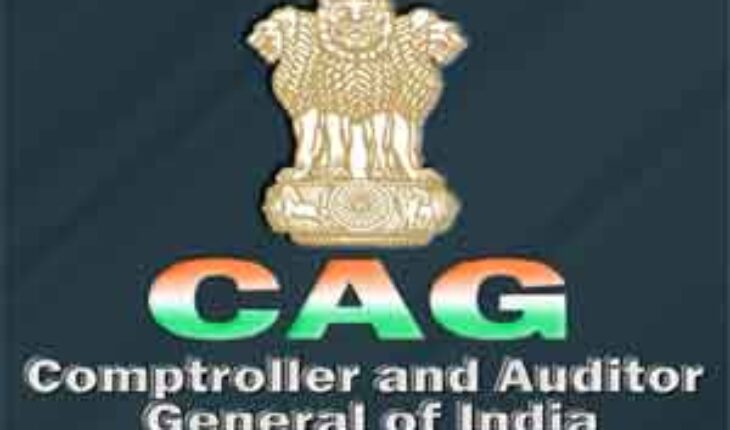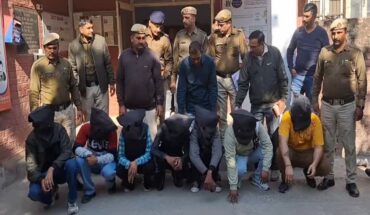A report by the Comptroller and Auditor General (CAG) reveals that drinking water in several places across Haryana state is contaminated with bacteria, frogs and even coliform, whereas physical and chemical parameters are beyond the permissible limits. Most of the samples were sent to the Public Health Department laboratory at Karnala and Shriram Institutes of Industrial Research New Delhi for testing. According to the CAG report, with effect from 2016 to 2021 samples of the water were detected contaminated which caused health diseases in 2901 cases, of whom as many as 14 persons were reported dead Information also reveals that water samples were collected from eight districts in Haryana state including Fatehabad, Karnal, Kurukshetra and Panchkula in which 1382 persons consumed contaminated water suffered serious health disorders in which as many as 12 patients were reported dead
In an audit of rural and urban water supply schemes, CAG took samples of water supply at 25 locations in the state, collected by the Public Health Engineering Department which included 13 water samples, Urban Local Bodies collected eight samples, Haryana Shehri Vikas Pradhikaran collected four samples and one set of the samples was sent to the Public Health Engineering Department (PHED) laboratory at Karnal and the other set was sent to the Shri Ram Institute of Industrial Research (SRI), New Delhi for analysis. According to information, with effect from April 2016 to March 2021 the Public Health Department in the state collected a total number of 2,64,025 water samples for testing, of which 18,107 water samples (nearly 7%) were found unfit for drinking. According to information, there is no facility of physical and chemical testing of water at Kalka, Assandh, Indri and Hansi Sub-Divisional Water Testing laboratories.
It was observed that at 12 locations out of the selected 25 locations, chlorination was not detected in the water samples. At 11 locations chlorination was found to be more than the prescribed limit and at two locations,chlorination was found within the permissible limit. However, at the Shriram Research Laboratory, chlorination was found slightly above the permissible limit in two samples and in the rest of the 23 samples, chlorination was not detected at all. The report said at all 25 locations, it was observed that no record related to the dosing of the chlorination was maintained.
According to CAG report, Service Reservoirs were in use and at three locations the cleaning status was not satisfactory, there was formation of algae and frogs inside these reservoirs which were found uncovered. There was growth of Sarkanda in few water tanks and the CAG even produced photographs to prove the fact. At most of the locations of the bacteriological analysis of the samples, the presence of coliform confirmed that water was not potable, said CAG that the presence of coliform was detected in 19 samples out of 25 samples as per the report submitted by PHED laboratory. whereas the Shriram Research Laboratory detected five samples having the presence of coliform.





